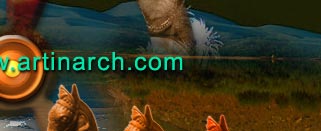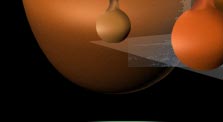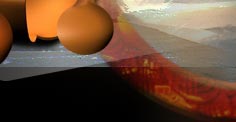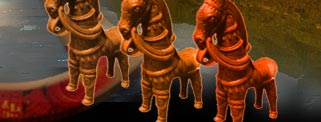|
|||||||||
  |
|
 |
|||||||
   |
|||||||||
   |
|||||||||
|
Sand
dunes, the mud architecture of Rajasthan and the aesthetics of the anthill,
have one thing in common. All these forms are constructed out of one single
material. This form has uniformity of texture. Curved solid surfaces blended
with curved sharp lines give a distinct character. Even though, these
forms are man-made and artificially created they look "organic".
The sharp contrast between the ground and superstructure can be avoided
by merely blending the vertical surface with horizontal ground in a gradual
manner. |
|||||||||
|
Simple
plastic clay powder can be mixed with water. Dough made of clay requires
proper kneading. Too thick dough is difficult to mould. Too watery dough
may look easy to work but fingers may get stuck with clay and you cannot
work. Use of tools like palate or small metal objects can be used at a
later stage. A strong base of marine plywood is necessary. The clay forms
should not be allowed to dry rapidly. The purpose of using clay is to
explore almost impossible type of forms, which the human mind cannot imagine
by sketching. There is no loss of material or wastage in this assignment.
Metal foils, threads, wires can also be added. |
|||||||||
|
Almost all sorts of opening, enclosed and semi-enclosed spaces can be tried in this assignment. Meaningful cut-outs can add light to the interior dark spaces. The clay model should be perceived as if it is done at large architectural scale.
|
|||||||||
|
For more details contact - Ar.
Shirish Sukhatme
|
|||||||||